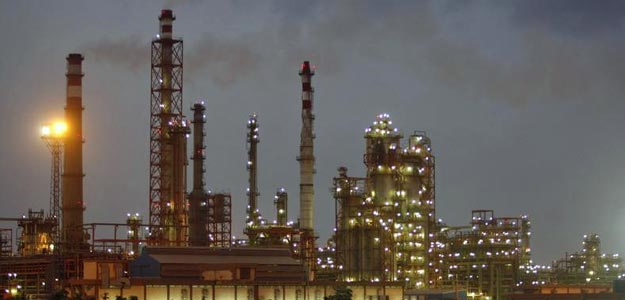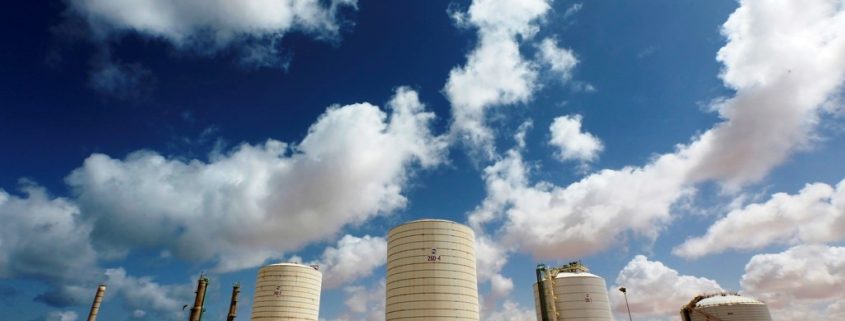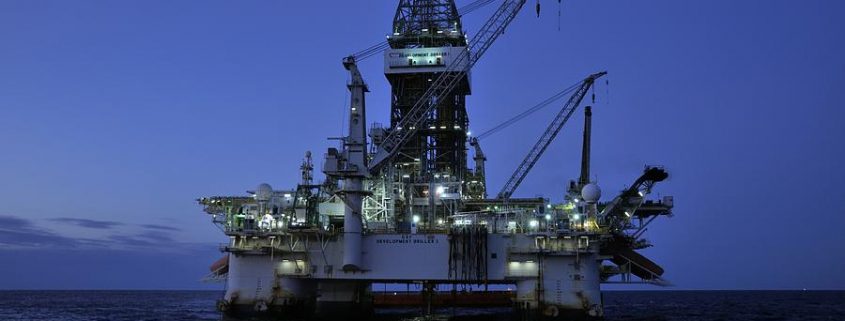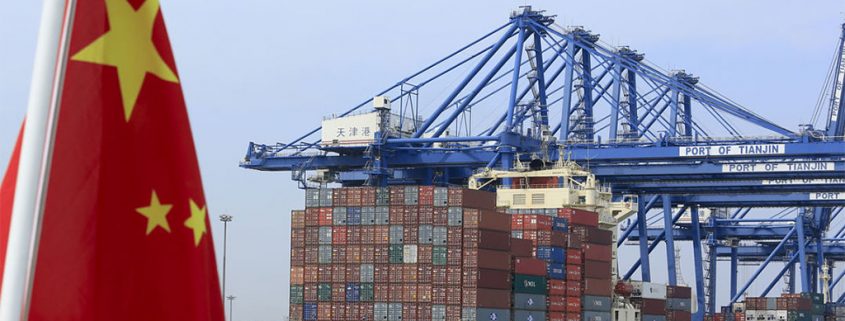Debts slowing down Rosneft acquisition of Essar Oil; Project worth $12.9 billion
Real tensions
Rosneft is currently combating to induce its huge acquisition worth $12.9 billion. Story is about India’s Essar Oil Ltd, the very important purchase for Rosneft company. The ”combat” is happening because some of the Essar’s financiers did not yet endorse the deal. Firstly, the main creditors and financial institutions, along with some state-run banks are the ones delaying the project. They carry approximately $500 million of Essar’s debt.

“Tensions between Rosneft and Essar are running high.”
Secondly, there are currently more than a few sources discussing on this subject. Thirdly, part of Rosneft is controlled by Kremlin officials, and they consider this arrangement substantial for the expansion in Asia’s energy market. They aimed to close this deal before. In period of late 2016. Following, even June as aim for finishing these deals, seems unstable.
Acquisition
However, the Rosneft officials expect the acquisition to go through. Some of the sources are saying that Rosneft sent some threatening viewpoints to Essar. Stating they will pay the minor price, if the odds about these debts extend.

“We are working on obtaining the approvals. We are hopeful that the deal will be completed in the upcoming few weeks.” (Essar spokesman said) (Reuters)
Furthermore, at a Wednesday conference, Pavel Fedorov – Rosneft Chief Financial Officer, said ”I do not expect the purchase to finish by the end of June this year.”
Fourthly, there are six institutions holding up the transaction. They are: IDBI Bank, Punjab National Bank, Syndicate Bank, Indian Overseas Bank, Life Insurance Corp of India and non-bank financier IFCI Ltd.
Another industry source
Different point of view:
”Rosneft wanted to finalize this deal in early June. At the St Petersburg Economic Forum, where Indian Prime Minister Narendra Modi will meet Vladimir Putin.  Despite being the previous idea, it had now pretty dwindled.
Despite being the previous idea, it had now pretty dwindled.
In competition to buy Essar, it was Saudi Aramco against The Russian Rosneft. The two of these are main competitors in global oil exports market.
Deal will give Rosneft a 49 percent stake. The second 49 percent will be divided between Swiss commodities trader Trafigura [TRAFGF.UL] and Russian fund United Capital Partners. The billionaire Ruia brothers will retain a 2 percent stake. VTB bank of Russia advises this transaction.
“The process of closing the deal is in its final stages. And will come to a conclusion soon.” Spokesman for Trafigura said, while UCP declined to comment. (Reuters)
Resolving the Bad Debts
Also, this deal is diligent for Modi’s government. It will clear India’s $150 billion in bad debt.
Noteworthy, Essar Oil India owed about $5.5 billion to almost 30 Indian lenders. Other institutions besides these 6, have approved the transfer.
Observing into these six institutions which are blocking the deal, Syndicate Bank was expected to clear the deal in 10 – 15 days. Finishing, Indian Overseas Bank source said that they are working on no-objection confirmation.
”Debt talks”
In conclusion, debt talks were complicated due to some lenders to whom Essar’s parent still ows money. The parent company is Essar Global Fund Ltd.
“Essar Global Fund planned to use the proceeds to clear half of the group’s debt, which CEO Prashant Ruia has put at about $13.5 billion. “

















 Brisk falls in April imports of crude oil, iron ore and copper ore are the real warning that commodity-intensive sectors might be losing some momentum. For example construction and manufacturing, which take the big part of stake in China’s economy.
Brisk falls in April imports of crude oil, iron ore and copper ore are the real warning that commodity-intensive sectors might be losing some momentum. For example construction and manufacturing, which take the big part of stake in China’s economy.
 By now, it was possible to make the argument that China was replacing imports of refined metal with ores and concentrates. But paying further attention, they also plummeted in April.
By now, it was possible to make the argument that China was replacing imports of refined metal with ores and concentrates. But paying further attention, they also plummeted in April.


 He wrote in a book in January which says South Korea should learn to say “no to America”.
He wrote in a book in January which says South Korea should learn to say “no to America”.


 Many years Japanese top five trading houses were trying to change their businesses. In order to try diversifying their work into non-cyclical. But after long period of time they have confirmed and underlined the vulnerability and sensitiveness of their businesses. Because they still operate in ”the world of commodities”.
Many years Japanese top five trading houses were trying to change their businesses. In order to try diversifying their work into non-cyclical. But after long period of time they have confirmed and underlined the vulnerability and sensitiveness of their businesses. Because they still operate in ”the world of commodities”.



 import data from China. These data showed total copper imports into the Asian nation fell. And they fell to their lowest level since October 2016. China’s total copper imports for April fell 33% year-on-year to 300,000 tonnes. Making them down from 450,000 tonnes in the same month last year.
import data from China. These data showed total copper imports into the Asian nation fell. And they fell to their lowest level since October 2016. China’s total copper imports for April fell 33% year-on-year to 300,000 tonnes. Making them down from 450,000 tonnes in the same month last year. “Nickel prices have been under pressure throughout April. This increased market participants’ appetite for dip-buying. Specially on top of which, nickel’s output was largely reduced in April.”
“Nickel prices have been under pressure throughout April. This increased market participants’ appetite for dip-buying. Specially on top of which, nickel’s output was largely reduced in April.”

 Over the weekend, Chinese imports of unwrought copper and copper-fabricated products fell 4.4% year-on-year in April. Following, total imports for the first four months of 2017 were down 22.9% compared to the same period of last year. Generally, total imports in the first four months of 2017 of 1.88 million tonnes were down 22.9% year-on-year.
Over the weekend, Chinese imports of unwrought copper and copper-fabricated products fell 4.4% year-on-year in April. Following, total imports for the first four months of 2017 were down 22.9% compared to the same period of last year. Generally, total imports in the first four months of 2017 of 1.88 million tonnes were down 22.9% year-on-year.
 came in at 238,000. It is the amount below the forecast of 246,000. Thirdly, preliminary non-farm productivity and unit labour costs during the first quarter came in at -0.6% and 3%, respectively.
came in at 238,000. It is the amount below the forecast of 246,000. Thirdly, preliminary non-farm productivity and unit labour costs during the first quarter came in at -0.6% and 3%, respectively.